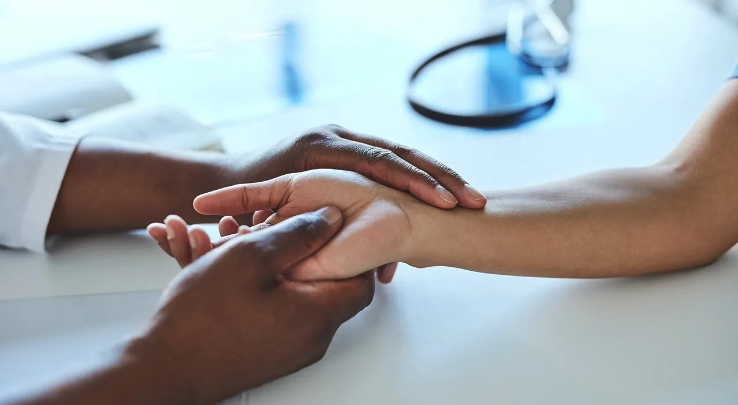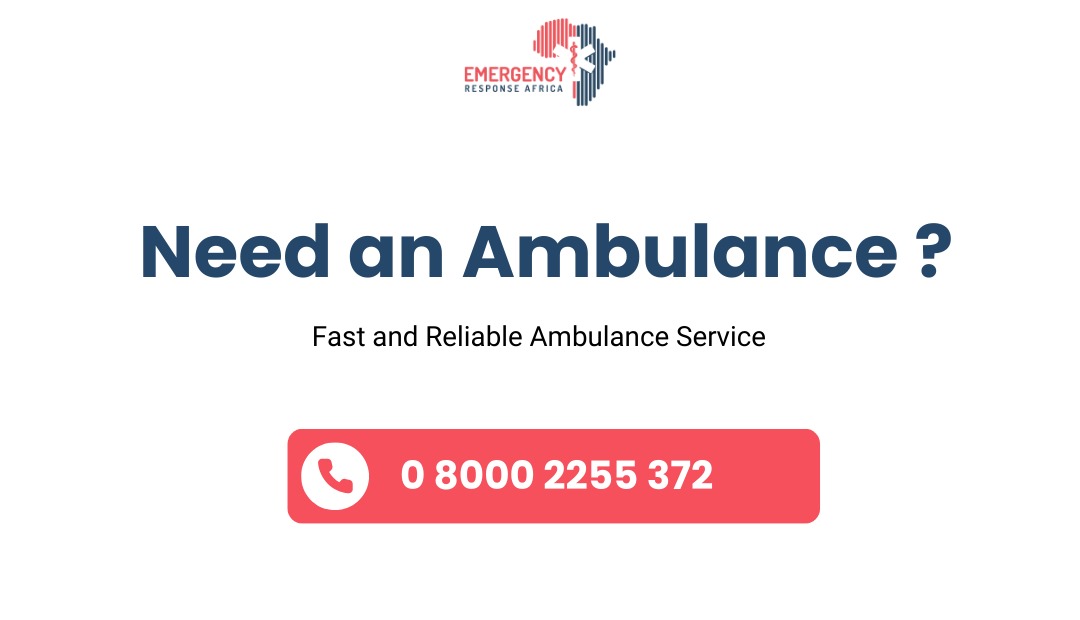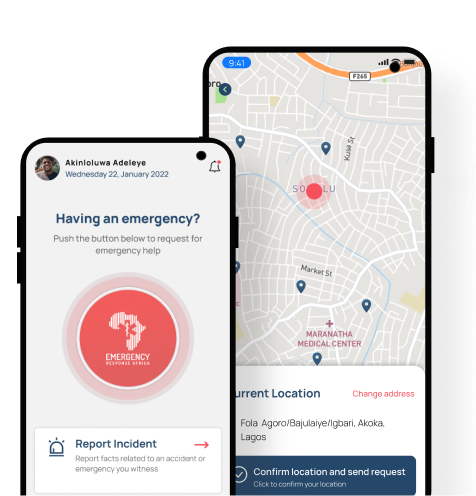Shock is a condition when your body does not get enough blood flow. Due to the severity of this condition, immediate attention is required preferably a first aid treatment for shock that helps bring normalcy to the body. It is caused by severe blood loss, internal bleeding and severe infections, and the first aid treatment is to call an emergency service like Emergency Response Africa (ERA) first.
How to Provide First Aid For Shock
First aid is more than putting a gauze in an iodine, rubbing it on a cut, or wrapping a bandage around a bruised knee. Any emergency requires immediate attention before the first aid service or emergency workers arrive. First aid treatment for shock is an immediate treatment that is given to someone suffering from shock.
What is shock?

Shock is a medical condition where the blood that flows or circulates around the various parts of the body is reduced. When the organs and tissues of the body do not receive enough blood to aid the supply of the necessary nutrients like oxygen, the body is prone to shock. The lack of blood means that there is not enough tissue to supply the body with nutrients. It is also known as low blood count.
If shock is not taken seriously or treated, it can lead to the organ malfunctioning, which then leads to possible organ failure and, ultimately, death.
Causes of shock
Shock may result from heatstroke, heart attack, trauma, loss of blood, severe infection, burns, an allergic reaction, and emotional stress among others. Shock is usually caused most times by one of these causes;
- Hemorrhagic shock – It is a case of an open wound that does not stop bleeding; it usually happens when the body experiences physical trauma either by a vehicle injury, gunshot or home accident.
- Cardiogenic shock – It is the kind of shock that happens when the heart suffers from an attack or heart failure. This occurs when the heart is unable to pump enough blood to meet the body’s needs, leading to a decrease in blood flow to vital organs.
- Hypovolemic shock happens when there is a decrease in the blood volume in the body. It is caused by internal or external bleeding that leads to organ failure like kidney failure, diarrhoea, severe burns or vomiting. This can happen due to severe dehydration, excessive bleeding from injuries, burns, or internal bleeding. The reduced blood volume results in decreased blood pressure and inadequate oxygen delivery to the body’s tissues and organs.
- Septic shock, also known as toxic shock, stems from bacterial infection. This kind of shock affects body metabolism and low blood pressure. It occurs when an overwhelming immune response to an infection leads to widespread inflammation in the body. Common sources of infection that can lead to septic shock include pneumonia, urinary tract infections, and abdominal infections.
- Neurogenic shock – A shock of this kind affects the body’s spinal cord.
- Anaphylactic shock – Bee sting, eggs, and exposure to some medication can cause this shock, usually after a severe allergic reaction.
RELATED SERVICE
What are the Signs and symptoms of shock?
Statistics prove that worldwide, 76 of every 100,000 people suffer from shock, and the cases are mostly common among men, older people, people with a low standard of living and dwellers of rural settlements.
Furthermore, to identify individuals exhibiting the signs and symptoms, be on the lookout for the following indicators:
- Fast heartbeat
- Skin paling
- Weak pulse
- Dark urine or poor urine excretion
- Easily stressed
- Fast breathing
- Cold Skin
- Dizziness and vomiting
- Anxiety and confusion
- Unconsciousness
- Dry mouth.
First Aid for Shock

After calling an ambulance or emergency service, while waiting, do this immediately;
-
Start with an Assessment
The first thing to do when administering first aid for shock is to check if the patient is responsive and breathing. If not, then you should begin CPR (cardiopulmonary resuscitation) and continue until the emergency service comes or the person starts breathing.
-
Carefully Position the Patient
Where the patient is bleeding, lift the patient’s legs slightly if there is no neck, head or leg injury. Resist the urge to lift the leg too high if it will make the injuries worsen and intensify the shock.
-
Maintain patient warm
When the patient is wearing tight clothing, loosen it, then cover the person with a blanket to prevent cold so that further complications are avoided.
-
Allergic Situation
Use an adrenalin auto-injector if the patient is reacting to allergies if the injection is available, and if you are trained to use it. It is used in cases of severe allergic reactions known as anaphylaxis. Anaphylaxis can be triggered by allergens such as certain foods, insect stings, medications, or latex. The auto-injector is used to deliver a dose of adrenaline quickly in emergency situations to help reverse the symptoms of anaphylaxis, such as difficulty breathing, swelling, and a drop in blood pressure.
-
Avoid choking
If the patient is vomiting and bleeding from the mouth and you suspect a spinal cord injury, lie the patient to the ground flat; however, where there is no spinal injury, turn the person to the other side and pat the patient’s back to prevent choking.
-
Administer Oxygen
Administering supplemental oxygen will ensure that the patient stays alive. However, you must be qualified to do it. If oxygen therapy is available, the patients will regain stability and consciousness with the help of the emergency service.
-
Check Vital Signs Regularly

Regularly check the patient’s breathing rate, pulse, skin colour changes, and general vitals. In case of any changes, report them to the medical team immediately when they arrive. Ensure the patient is calm and constantly assure the person that help is coming.
What not to do in case of shock
- Avoid adminstering fluid (water) or food to the patient.
- Except it is mandatory, do not move the person.
When and Where to Seek Medical Help
Initially, first aid treatment can help stabilise the patient in a situation of shock; however, where there is no response from the patient after seeking the help of a professional medical practitioner, it will help solve the problem and avoid a recurrence.
Delaying seeking the help of a doctor can further worsen the situation, so avoid delay. Shock is a severe medical condition that needs to be taken seriously; by understanding what shock is and how it is treated, you are more prepared to administer first aid treatment for victims of shock when needed effectively.
READ ALSO
Enroll in our first aid certification course at Emergency Response Africa to learn how to properly address shock and other essential first aid procedures in the present-day setting.
Explore further details about our offerings here. Contact us now on 07014117943!




